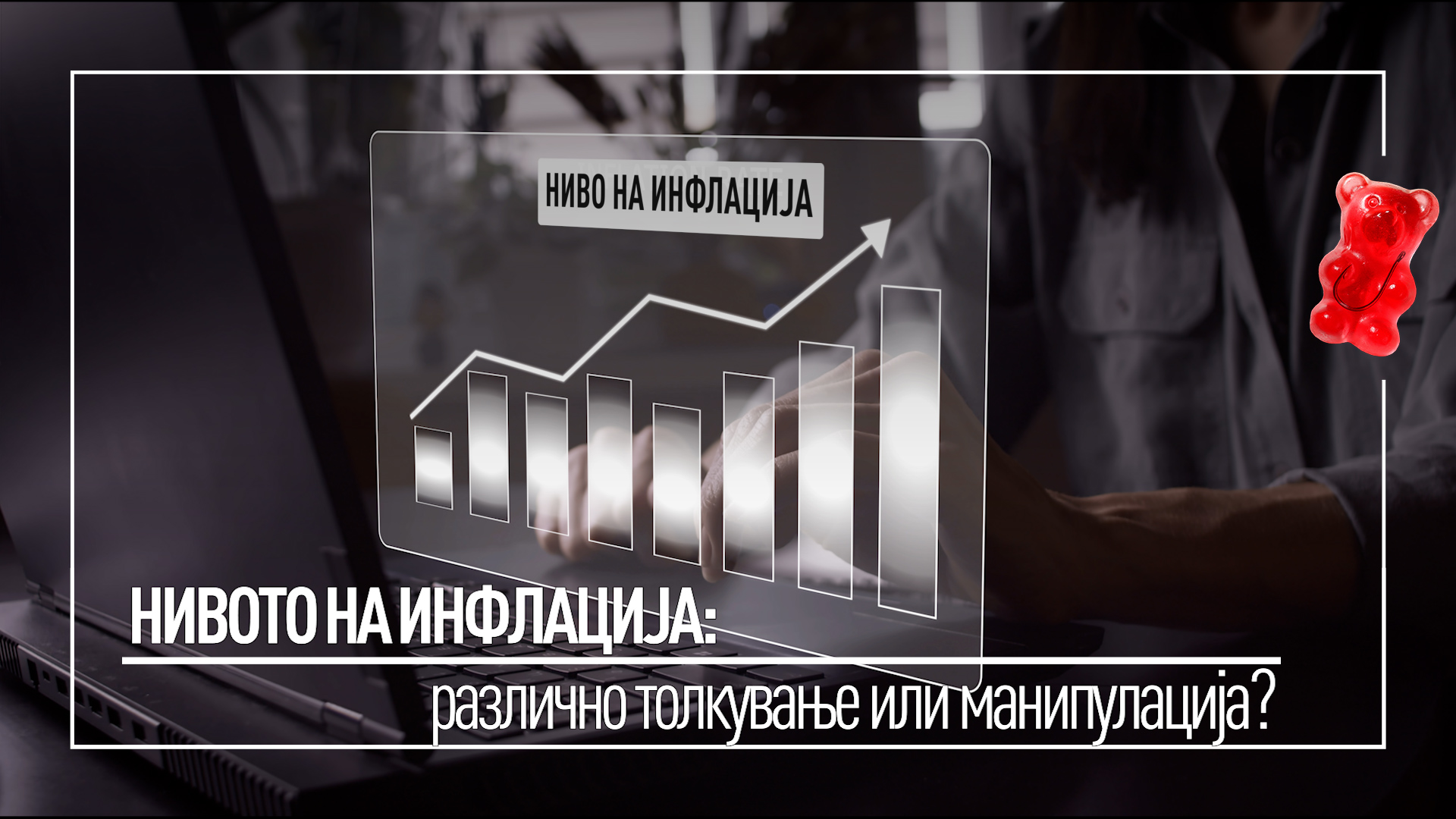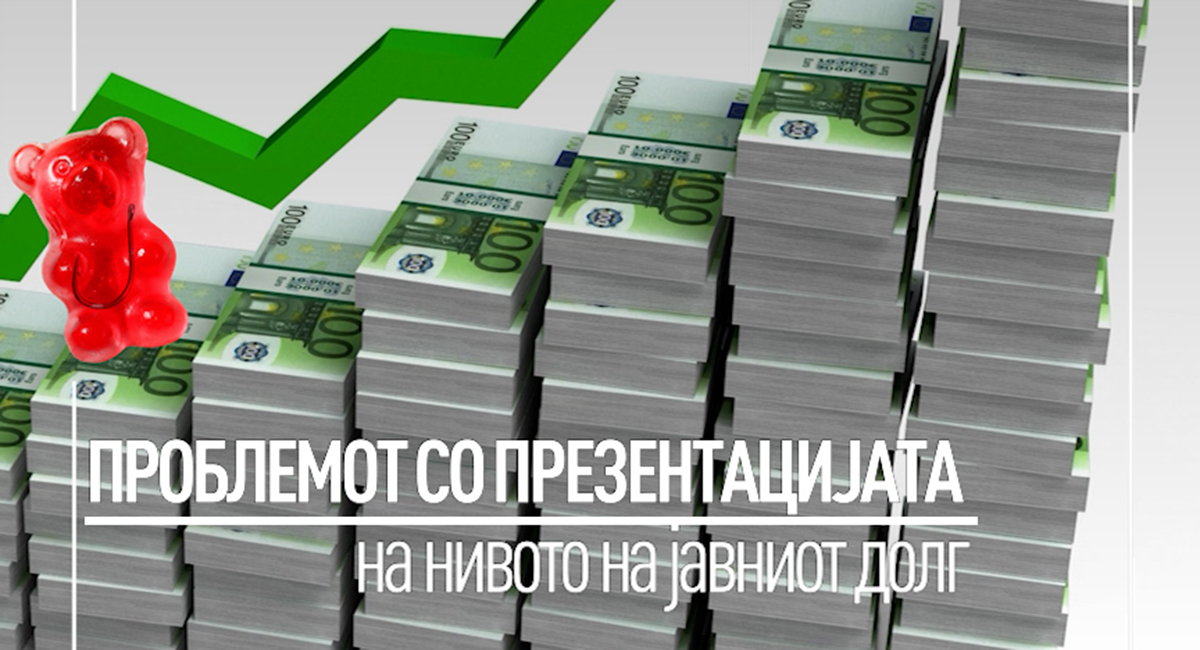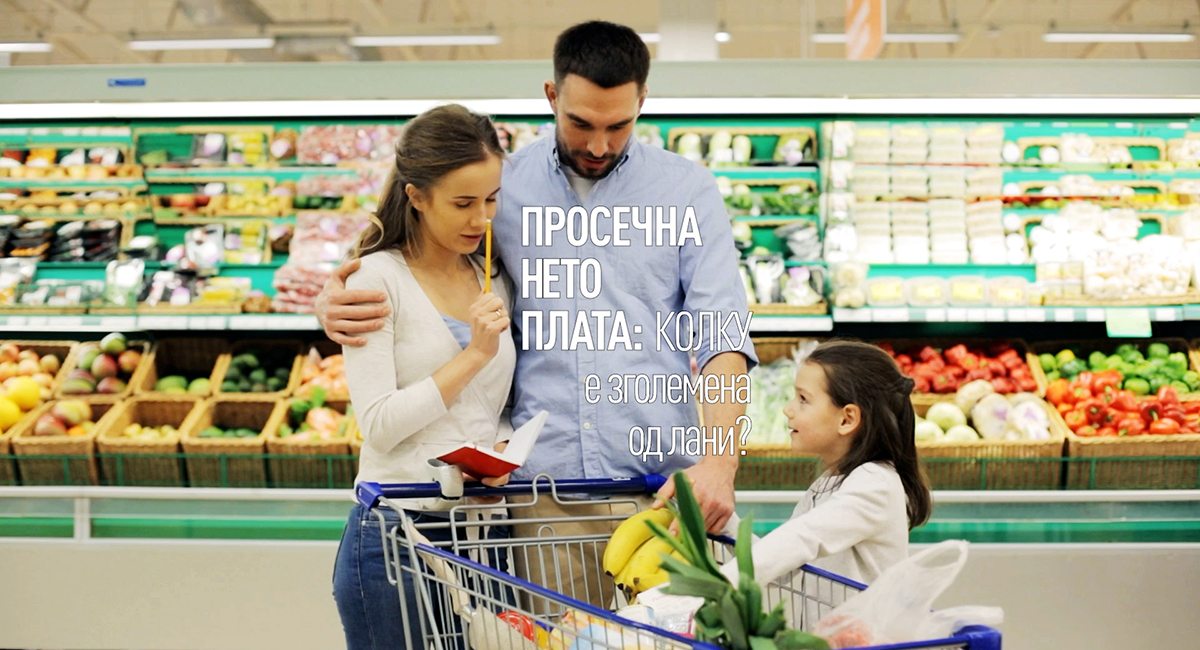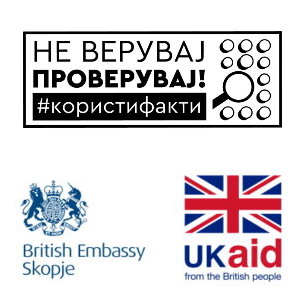Non-monetary indicators in public
Economic indicators can be value or monetary, i.e. expressed in money, and physical, i.e. non-monetary, expressed in physical measurement units. Gross domestic product, for example, is a value indicator, expressed in money, and represents the total market value of all final goods and services that have been produced on the territory of a country in a certain period of time (e.g. 1 year).
However, very often in the media and in the public, non-monetary data is also found, that is, production or products are expressed in measurement units such as kilograms, tons, hectolitres, pieces (e.g. cars), etc.
The challenge of presenting natural indicators to the public
Presentations of these non-monetary indicators to the public are a special challenge. They are solid and have no comparative problems, but often during the presentations, only those indicators are selected that have a positive or a negative sign, depending on the needs of the moment and the benefit of the one who communicates them. Here is an example of that.
How to present agricultural production or export? Sometimes the increased production of a crop, for example, wheat in a thousand tons, or of an industrial product, for example, wine in a thousand hectolitres, is reported. However, data is sometimes presented about the increase in the sown areas, wheat or grapes, which points to a possible higher production, although this is not the case due to the possible lower yield per unit area, i.e. the poor ratio of kilograms per hectare.
For example, the production of wheat last year was on 120,000 ha, which gave an average yield of 2,500 kg per hectare and thus produced 300,000 tons of wheat. This year, 132,000 hectares were sown, which is a 10% increase in the sown areas, but the average yield decreased to 2,200 kg per hectare (-12%) and 290,400 tons were produced, i.e. 9,600 tons less than last year. The one who communicates the data can manipulate by showing the growth of the sown areas or the reduction of the produced quantities, depending on the need.
It is also possible to communicate selectively and according to the needs only the value or only the non-monetary indicators, i.e. the increased number or tons of exported lambs, hectolitres of wine or the number of exported pieces of shirts, although the financial inflow from the export may be lower due to the changed prices in the markets.
If, for example, the number of exported shirts increased from 900,000 to 1,000,000, but the price of one exported shirt decreased from 8 to 7 euros due to market competition, then although the annual export of shirts increased by 100,000 pieces, in fact the value of the export is reduced from 7.2 million to 7 million euros. That data might not be disclosed.
Sometimes it’s the other way around. The increased value of exports expressed in money is reported, although the number or tons of lambs, hectolitres of wine or pieces of shirts exported has decreased, and the higher value of exports is the result of significantly increased prices of lamb or wine on world or regional markets.
In our case, if, for example, the number of exported shirts decreased from 900,000 to 800,000, but the price of one exported shirt increased from 8 to 10 euros due to the reduced supply in the markets, then although the annual export of shirts decreased by 100,000 pieces, in fact the value of exports increased from 7.2 million to 8 million euros. The figure for reduced exports of shirt pieces may not be disclosed. It can also be used for manipulation in the communication of data to the public.




 Оваа веб-страница е изработена во рамките на проектот „Употреба на новинарство засновано на факти за подигање на свеста и спротивставување на дезинформациите во медиумскиот простор во Северна Македонија (Користи факти)“, кој се реализира од Институтот за комуникациски студии. Проектот е финансиран од Владата на Обединетото Кралство, со поддршка на Британската амбасада во Скопје. Мислењата и ставовите наведени на оваа веб-страница не ги одразуваат секогаш мислењата и ставовите на Британската Влада.
Оваа веб-страница е изработена во рамките на проектот „Употреба на новинарство засновано на факти за подигање на свеста и спротивставување на дезинформациите во медиумскиот простор во Северна Македонија (Користи факти)“, кој се реализира од Институтот за комуникациски студии. Проектот е финансиран од Владата на Обединетото Кралство, со поддршка на Британската амбасада во Скопје. Мислењата и ставовите наведени на оваа веб-страница не ги одразуваат секогаш мислењата и ставовите на Британската Влада.